An extruder die is a crucial component in the extrusion process, used to shape and form materials, usually plastics or metals, into specific profiles or shapes. It is placed at the end of an extrusion machine, where it controls the final shape of the material as it exits the extruder.
Function of an Extruder Die
- Shaping the Material: The primary function of an extruder die is to shape the molten material into a continuous form. This can range from simple shapes like tubes and sheets to complex profiles like window frames or specialized automotive parts.
- Controlling Flow: The die helps control the flow of material as it exits the extruder, ensuring uniformity in thickness, width, and other dimensions.
Types of Extruder Dies
- Flat Dies: These are used to produce flat materials such as films or sheets. The molten material is forced through a gap in the die to form the desired thickness and width.
- Round Dies: Round dies are used for creating pipes, tubing, and wire coatings. The material is extruded into a cylindrical shape, often through a circular opening.
- Profile Dies: These dies are designed for more complex, custom shapes. They are used to create items like trim, moldings, or specific mechanical parts with unique cross-sections.
Material and Durability
- Construction Materials: Extruder dies are typically made from high-strength metals such as steel or carbide, which can withstand the high temperatures and pressures involved in the extrusion process.
- Wear Resistance: Given the high demands on the die, it is designed to be resistant to wear and corrosion, ensuring a long service life.
Conclusion
Extruder dies play an essential role in shaping materials during the extrusion process. Their design and functionality are critical in ensuring the accuracy and consistency of the final product, whether it’s a simple sheet or a complex, custom profile.
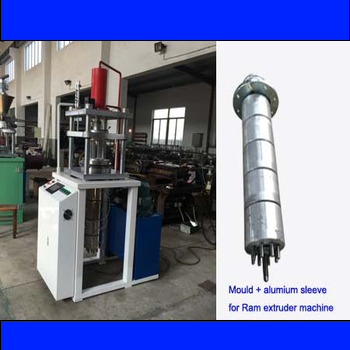
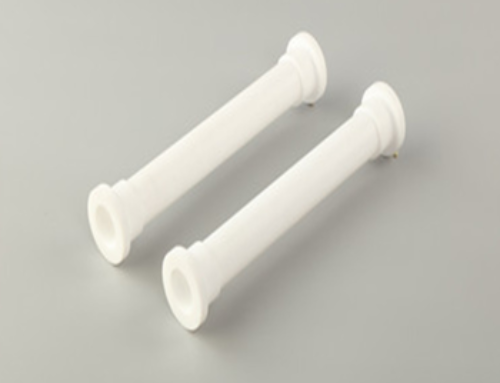
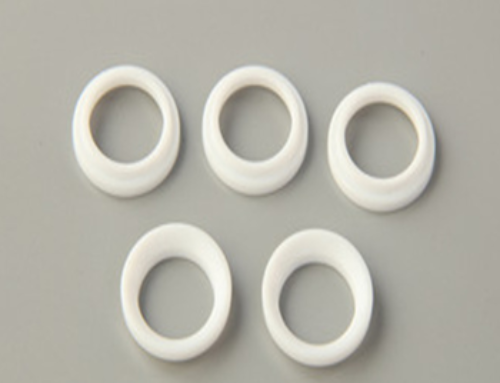
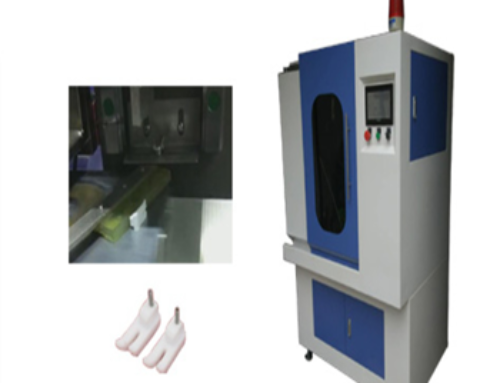
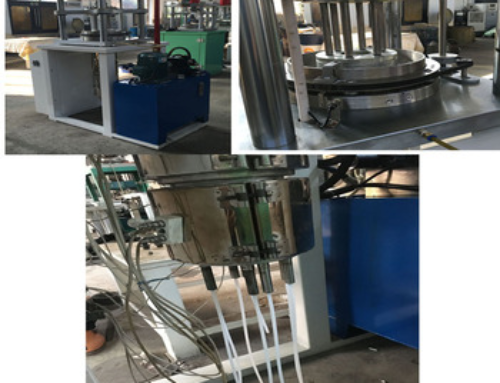
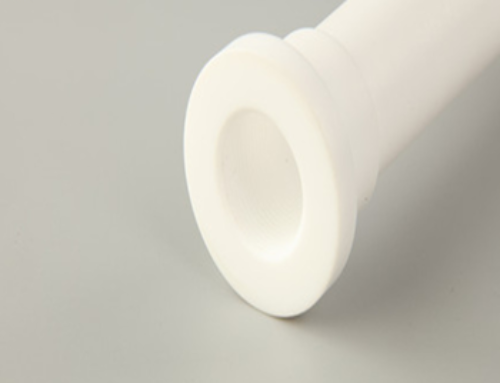

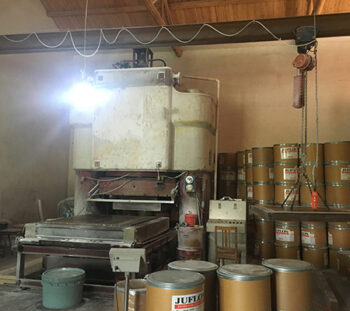
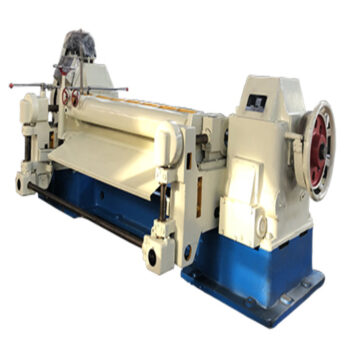
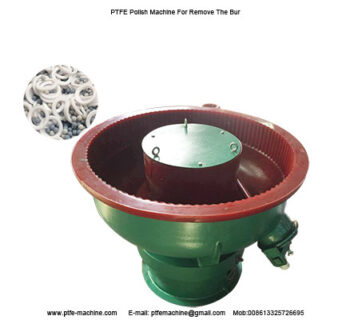
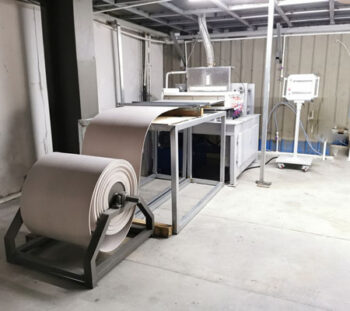
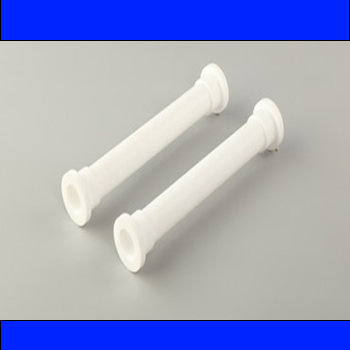

Leave A Comment
You must be logged in to post a comment.